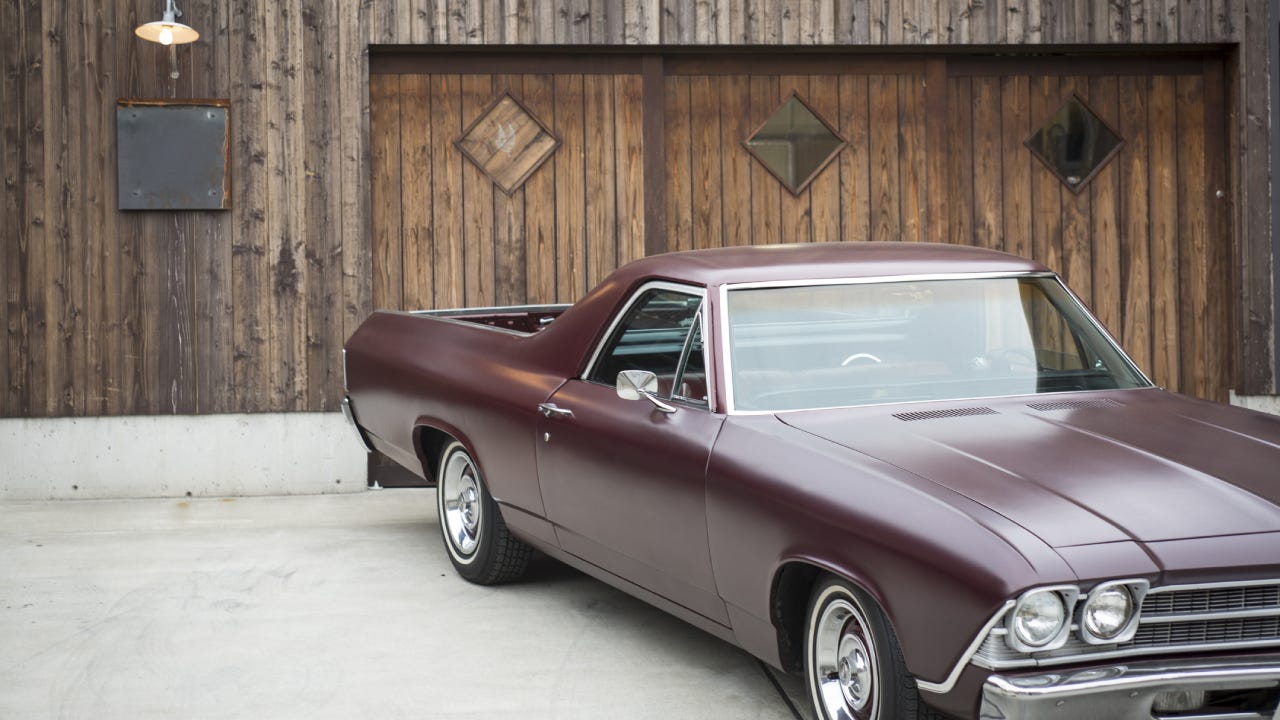Car depreciation: What it is and how it works

All cars depreciate as wear and tear, market demand, subsequent redesigns and economic forecasts reduce the value of a particular vehicle over time. In fact, the simple act of driving off the dealer’s lot removes a significant chunk of your car’s value on day one — and in the first year alone, your car could be worth over 20 percent less than what you paid for it. But proper maintenance and careful driving can help to mitigate depreciation, extending your car’s lifespan and preserving its resale value.
How much do cars depreciate?
On average, cars lose around 10 to 15 percent of their value per year, with higher depreciation rates near the beginning of the vehicle’s lifespan. But some cars lose value faster than others: according to Edmunds, new cars lose between 6 and 45 percent of their value in the first year of ownership.
The amount of depreciation for your vehicle depends heavily on its make, model, model year, mileage and powertrain, among other factors. In general, luxury vehicles and electric cars have the highest depreciation rates, while trucks and hybrids tend to retain their value better. A 2023 study by iSeeCars found that trucks have an average five-year depreciation rate of just 34.8 percent, while EVs depreciate by an average of 49.1 percent in the first five years of ownership.
In other words, your vehicle could lose close to 50 percent of its value before you’ve fully paid off your auto loan. That’s why products like gap insurance and new car replacement insurance exist — to offer financial protection for this major investment while depreciation is at its highest rate.
New car depreciation
New cars generally depreciate more quickly than older ones. A commonly quoted statistic says that new cars lose 10 percent or more of their value the minute you leave the dealer’s lot, and it’s true that any vehicle will lose value more rapidly during the first five years of ownership. Insurance rates for new cars are also higher, reflecting the initial value that’s lost quickly in the first year of a car’s life.
For some, the rapid depreciation rates of new cars may be a reason to avoid buying new and opt for a used vehicle instead. Others choose to lease their car rather than buying it. An auto lease allows individuals to drive a new car without taking on the financial burden of car depreciation by simply paying to use the vehicle during its period of fastest depreciation and returning it when it’s lost much of its value.
Used car depreciation
Depreciation rates slow as a car’s age increases, with the highest rates during the first year of ownership. Even a gently used two-year-old model may cost significantly less than a brand new model of the same vehicle, because the older car has already lost as much as 40 percent of its value.
Buying a used vehicle could reduce the upfront costs of purchasing a car as well as long-term expenses like insurance, since the cost of full coverage insurance is based in part on your vehicle’s actual cash value. However, used cars may come with greater repair costs, since the wear and tear that contributed to depreciation will also affect the car’s mechanical systems.
If you’re not sure how much value your used car has lost — or if you’re trying to determine the true cash value of a used vehicle you want to buy — digital tools from Carfax, Kelley Blue Book, and Edmunds can help to get an estimate.
What causes car depreciation?
Depreciation is caused, in general, by the wear and tear that any vehicle experiences as it is driven. Driving down highways and city streets day after day takes a toll on the car’s various parts, from tires to transmission, and after a while, that toll makes your car less likely to function properly. But there is more to it than that. Here are things to take into account when considering a car’s depreciation:
- Mileage: Your car’s parts are designed to last only a certain amount of time. Tires, for example, are usually good for 55,000 to 85,000 miles, after which they need to be replaced.
- Age: Older cars especially use parts or systems that are no longer manufactured, or which cost more to obtain.
- Subsequent models: Part of what gives a new car its value is that it represents the latest model of a manufacturer’s product. Redesigns in subsequent model years, from minor tweaks to complete redesigns, contribute to an older model’s lost value.
- Condition: If your car has been in an accident, or received scratches and other damage along the way, it will be worth less than a car that is in mint condition.
How to mitigate depreciation
Car depreciation is an inevitable part of the cost of car ownership, but that doesn’t mean you have to be at its mercy. A few fairly simple habits can help to minimize depreciation and preserve your car’s resale value.
Maintain your car properly
Taking good care of your car helps minimize wear and tear and allows your car’s parts and systems to last as long as possible. Get regular oil changes and be scrupulous in following the manufacturer’s recommended service intervals for maintenance tasks like tire rotation, filter replacement, fluid flushes and more. Keep all records of maintenance in a file that you can present when you sell your vehicle, to show that you have been a careful owner.
Drive wisely
Safe driving habits can help to preserve your vehicle’s lifespan by reducing overall wear and tear. Harsh braking and excessive speeding aren’t just risky habits; these practices can put unnecessary strain on your car’s mechanical components and speed up depreciation. Practicing safe driving behaviors could also reduce the risk of accidents, which can significantly reduce your car’s value.
Consider quality used cars
A used car in excellent condition can save you money from the start, and last nearly as long as a new car. You may also save money on insurance with a used car. Look at ratings for the car you are interested in to see if it holds its value over the years. According to Consumer Reports, companies like Toyota and Honda typically produce more reliable vehicles that require less maintenance over the years, while vehicles from manufacturers like Chrysler and Mercedes-Benz show higher maintenance needs.
Frequently asked questions
-
-
No single auto insurance company is the best for every driver. Some companies with cheap average rates score poorly in customer satisfaction studies, while many highly rated companies tend to charge higher rates. Your individual driver profile matters most, as every insurance company will calculate premiums differently based on rating factors like your age, driving record and vehicle value. For example, drivers with DUIs may need to find an insurance carrier that specializes in coverage for high-risk drivers, while a driver with a clean record and a high-value vehicle like the BMW 7 Series may prefer to work with an insurer with robust coverage options.
-
Unless you are set on owning a brand-new car, it can be financially advantageous to purchase a lightly used model from a brand that is known for producing reliable and sturdy cars. That’s because cars lose value every year that they are driven, but the drop in value can be more significant during the first couple of years of a car’s life. As such, you can avoid the significant depreciation hit you would get with a new car by buying a reliable used car that is already a few years old.
-
No. Depreciation depends on a number of factors, including the quality of the components that went into building the car, as well as your own care in maintaining the car. The popularity of the car or that type of car also plays a role. When gas prices are high, for example, gas-guzzling SUVs depreciate quicker because they are less popular on the market.
-
You may also like

Driving without insurance in Virginia

Can I use my car as collateral for a loan?

Do you pay sales tax on a lease buyout?

The average cost of owning a car


